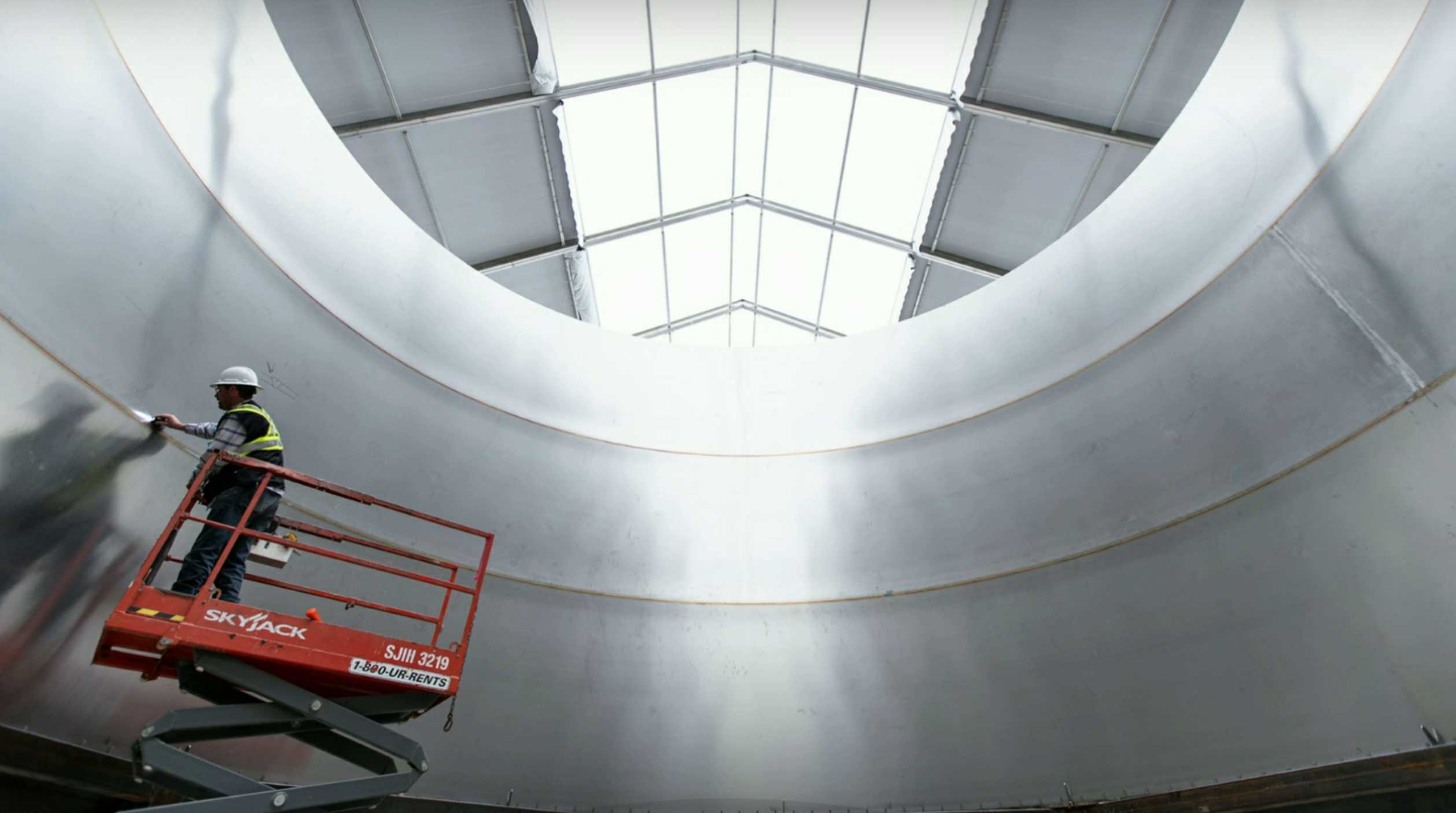
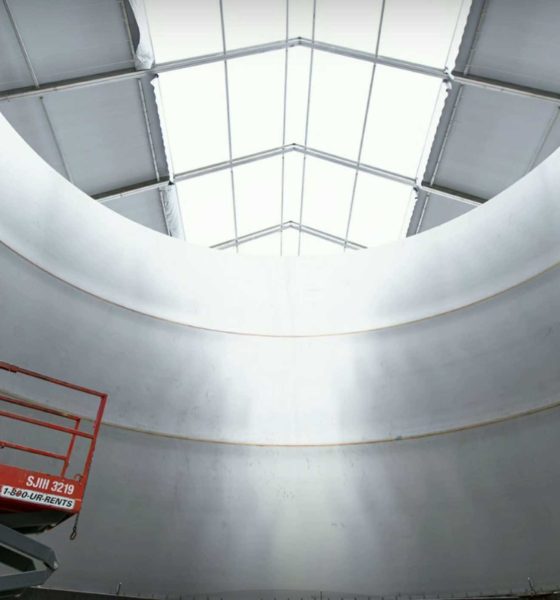
News
SpaceX tweaks Starship's Super Heavy rocket booster as design continues to evolve
CEO Elon Musk says that SpaceX continues to evolve the design of its next-generation Starship spacecraft and Super Heavy rocket booster, a process of continuous improvement the company has successfully used for a decade.
Designed to place more than 100 metric tons (220,000 lb) of payload into Low Earth Orbit (LEO), Starship would effectively double (and possibly triple) the expendable performance of SpaceX’s existing Falcon Heavy rocket. Critically, it would be able to dramatically outclass Falcon Heavy (and Falcon 9 even more so) in a fully reusable configuration, meaning that both the Starship upper stage and Super Heavy booster could be recovered and reused.
Since SpaceX first publicly revealed its next-generation launch vehicle and Mars ambitions in September 2016, the path to realizing the dream of a fully-reusable super heavy-lift launch vehicle has been decidedly windy. After making the radical decision to move entirely from carbon composites to stainless steel in late 2018, the Starship design has remained relatively similar, coalescing around a specific concept that has matured to full-scale tank tests. Now, Musk says that Super Heavy’s design was tweaked slightly to make the booster even taller than before, while he later noted that Starship’s design also continues to “[evolve] rapidly.”
According to Musk, the Super Heavy booster will be stretched by a steel ring or two, reaching a new height of ~70m (230 ft). In other words, Starship’s first stage alone will measure as tall as the entirety of a Falcon 9 or Falcon Heavy rocket – first stage, second stage, and payload fairing included. Powered by up to 37 Raptor engines, a Super Heavy booster could produce more than ~90,000 kN (19,600,000 lbf) of thrust at liftoff – an incredible 12 times as much thrust as SpaceX’s workhorse Falcon 9 rocket.
Starship, meanwhile, will be a beast of an orbital-class upper stage on its own, measuring at least 50m (165 ft) tall and weighing some 1350 metric tons (3 million lb) fully-fueled. Stacked on top of Super Heavy, a Starship ‘stack’ would reach a staggering 120m (395 ft) and weigh more than 5000 metric tons (11 million lb) once loaded with liquid oxygen and methane propellant.
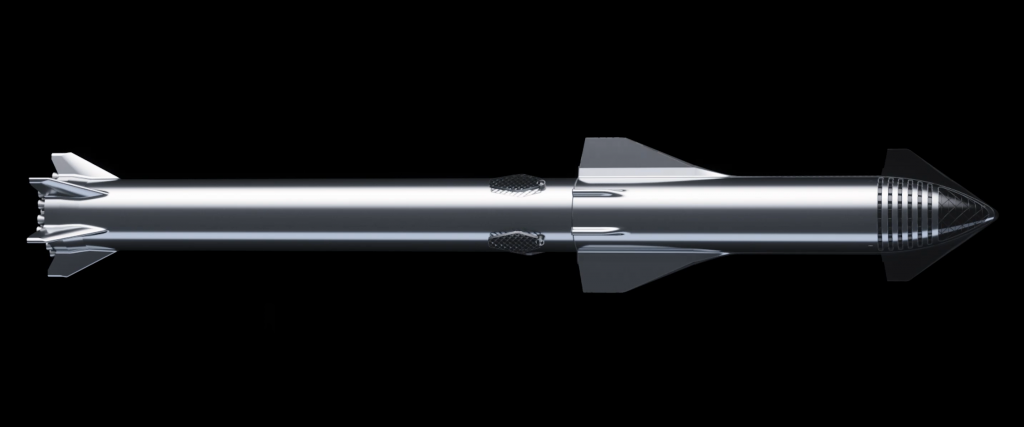
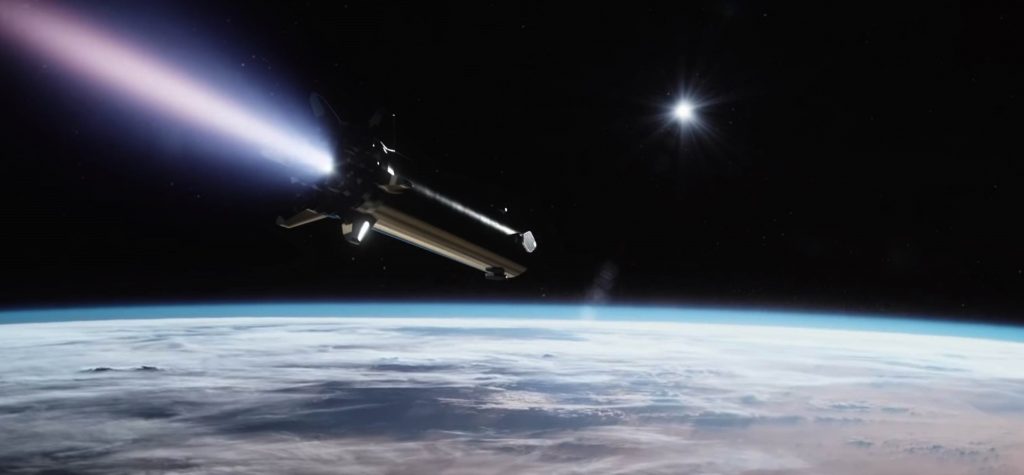
In simple terms, Starship/Super Heavy should be the tallest, heaviest, and most powerful launch vehicle ever assembled once it heads to the launch pad for the first time. While SpaceX is making great daily progress its ever-growing South Texas rocket factory, built up from next to nothing in a matter of months, it could still be quite some time before that milestone is within reach.
SpaceX’s process of continuously tweaking and improving the design and production of its rockets does typically have that effect. However, it’s more a symptom of the company’s approach to hardware and software development. Instead of working slowly and carefully from nothing to a preconceived finished product, SpaceX typically seeks to design, build, and test the minimum viable product, gradually improving (or entirely replacing) past ideas, designs, and hardware until overarching goals are fully achieved.
With Falcon 9 and Falcon Heavy, this meant beginning with Falcon 1, a dead-simple proof-of-concept rocket. After successfully reaching orbit, SpaceX expanded its Falcon 9 development program, itself focused initially on the minimum viable product – a full-scale expendable rocket. Since Elon Musk founded SpaceX in 2002, the goal has always been to build a fully-reusable rocket – the company has simply chosen the far more sustainable and practical approach of tackling only a select few problems at a time.
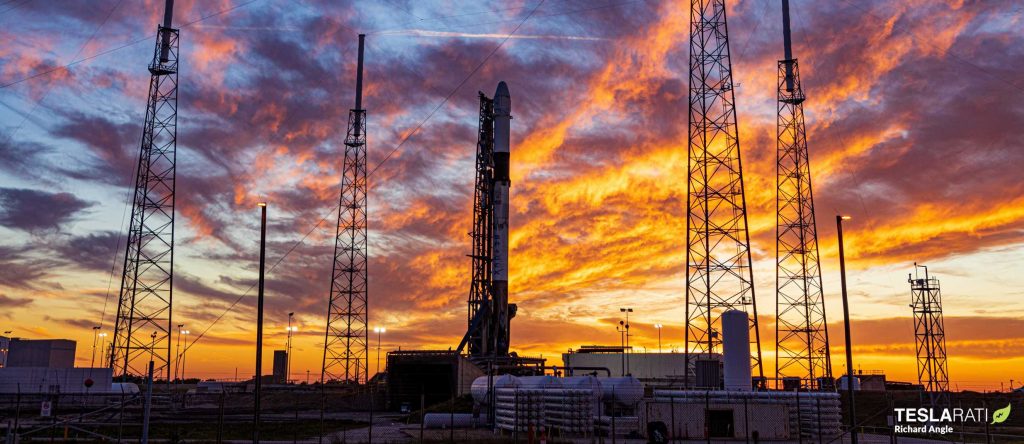
The Starship and Falcon development programs aren’t directly comparable but it’s safe to say that Starship is currently still in the very early stages of hardware development. Shortly after revealing Super Heavy’s height growth, Musk noted that Starship’s design is also being tweaked.
Sketching out a rough series of upgrades that could feasibly be made to the reusable spacecraft’s currently design, Musk thinks that Starship’s conical tank domes (and thus Super Heavy’s, too) could be flattened. That might allow an extra ~3m (10 ft) of propellant tank space to be squeezed into the same 50m Starship length, improving performance by simply using the vehicle’s fixed volume more efficiently.
With a nascent factory quite literally churning out Starship hardware, these tweaks are a whole different animal. Thanks to data and insight gathered from testing actual full-scale Starship tanks, up to and including fully-assembled tank sections, SpaceX will be able to guide its continuous improvement with even greater precision, honing in on the next-generation rocket’s orbital launch debut.
Check out Teslarati’s Marketplace! We offer Tesla accessories, including for the Tesla Cybertruck and Tesla Model 3.

News
Tesla FSD V14.2.1 is earning rave reviews from users in diverse conditions
Tesla’s Full Self-Driving (Supervised) software continues its rapid evolution, with the latest V14.2.1 update drawing widespread praise.

Tesla’s Full Self-Driving (Supervised) software continues its rapid evolution, with the latest V14.2.1 update drawing widespread praise for its smoother performance and smarter decision-making.
Videos and firsthand accounts from Tesla owners highlight V14.2.1 as an update that improves navigation responsiveness, sign recognition, and overall fluidity, among other things. Some drivers have even described it as “more alive than ever,” hinting at the system eventually feeling “sentient,” as Elon Musk has predicted.
FSD V14.2.1 first impressions
Early adopters are buzzing about how V14.2.1 feels less intrusive while staying vigilant. In a post shared on X, Tesla owner @LactoseLunatic described the update as a “huge leap forward,” adding that the system remains “incredibly assertive but still safe.”
Another Tesla driver, Devin Olsenn, who logged ~600 km on V14.2.1, reported no safety disengagements, with the car feeling “more alive than ever.” The Tesla owner noted that his wife now defaults to using FSD V14, as the system is already very smooth and refined.
Adverse weather and regulatory zones are testing grounds where V14.2.1 shines, at least according to testers in snow areas. Tesla watcher Sawyer Merritt shared a video of his first snowy drive on unplowed rural roads in New Hampshire, where FSD did great and erred on the side of caution. As per Merritt, FSD V14.2.1 was “extra cautious” but it performed well overall.
Sign recognition and freeway prowess
Sign recognition also seemed to show improvements with FSD V14.2.1. Longtime FSD tester Chuck Cook highlighted a clip from his upcoming first-impressions video, showcasing improved school zone behavior. “I think it read the signs better,” he observed, though in standard mode, it didn’t fully drop to 15 mph within the short timeframe. This nuance points to V14.2.1’s growing awareness of temporal rules, a step toward fewer false positives in dynamic environments.
FSD V14.2.1 also seems to excel in high-stress highway scenarios. Fellow FSD tester @BLKMDL3 posted a video of FSD V14.2.1 managing a multi-lane freeway closure due to a police chase-related accident. “Perfectly handles all lanes of the freeway merging into one,” the Tesla owner noted in his post on X.
FSD V14.2.1 was released on Thanksgiving, much to the pleasant surprise of Tesla owners. The update’s release notes are almost identical to the system’s previous iteration, save for one line item read, “Camera visibility can lead to increased attention monitoring sensitivity.”
News
Tesla FSD Supervised ride-alongs in Europe begin in Italy, France, and Germany
The program allows the public to hop in as a non-driving observer to witness FSD navigate urban streets firsthand.

Tesla has kicked off passenger ride-alongs for Full Self-Driving (Supervised) in Italy, France and Germany. The program allows the public to hop in as a non-driving observer to witness FSD navigate urban streets firsthand.
The program, detailed on Tesla’s event pages, arrives ahead of a potential early 2026 Dutch regulatory approval that could unlock a potential EU-wide rollout for FSD.
Hands-Off Demos
Tesla’s ride-along invites participants to “ride along in the passenger seat to experience how it handles real-world traffic & the most stressful parts of daily driving, making the roads safer for all,” as per the company’s announcement on X through its official Tesla Europe & Middle East account.
Sign-ups via localized pages offer free slots through December, with Tesla teams piloting vehicles through city streets, roundabouts and highways.
“Be one of the first to experience Full Self-Driving (Supervised) from the passenger seat. Our team will take you along as a passenger and show you how Full Self-Driving (Supervised) works under real-world road conditions,” Tesla wrote. “Discover how it reacts to live traffic and masters the most stressful parts of driving to make the roads safer for you and others. Come join us to learn how we are moving closer to a fully autonomous future.”
Building trust towards an FSD Unsupervised rollout
Tesla’s FSD (Supervised) ride-alongs could be an effective tool to build trust and get regular car buyers and commuters used to the idea of vehicles driving themselves. By seating riders shotgun, Tesla could provide participants with a front row seat to the bleeding edge of consumer-grade driverless systems.
FSD (Supervised) has already been rolled out to several countries, such as the United States, Canada, Australia, New Zealand, and partially in China. So far, FSD (Supervised) has been received positively by drivers, as it really makes driving tasks and long trips significantly easier and more pleasant.
FSD is a key safety feature as well, which became all too evident when a Tesla driving on FSD was hit by what seemed to be a meteorite in Australia. The vehicle moved safely despite the impact, though the same would likely not be true had the car been driven manually.
News
Swedish union rep pissed that Tesla is working around a postal blockade they started
Tesla Sweden is now using dozens of private residences as a way to obtain license plates for its vehicles.

Two years into their postal blockade, Swedish unions are outraged that Tesla is still able to provide its customers’ vehicles with valid plates through various clever workarounds.
Seko chairman Gabriella Lavecchia called it “embarrassing” that the world’s largest EV maker, owned by CEO Elon Musk, refuses to simply roll over and accept the unions’ demands.
Unions shocked Tesla won’t just roll over and surrender
The postal unions’ blockade began in November 2023 when Seko and IF Metall-linked unions stopped all mail to Tesla sites to force a collective agreement. License plates for Tesla vehicles instantly became the perfect pressure point, as noted in a Dagens Arbete report.
Tesla responded by implementing initiatives to work around the blockades. A recent investigation from Arbetet revealed that Tesla Sweden is now using dozens of private residences, including one employee’s parents’ house in Trångsund and a customer-relations staffer’s home in Vårby, as a way to obtain license plates for its vehicles.
Seko chairman Gabriella Lavecchia is not pleased that Tesla Sweden is working around the unions’ efforts yet again. “It is embarrassing that one of the world’s largest car companies, owned by one of the world’s richest people, has sunk this low,” she told the outlet. “Unfortunately, it is completely frivolous that such a large company conducts business in this way.”
Two years on and plates are still being received
The Swedish Transport Agency has confirmed Tesla is still using several different workarounds to overcome the unions’ blockades.
As noted by DA, Tesla Sweden previously used different addresses to receive its license plates. At one point, the electric vehicle maker used addresses for car care shops. Tesla Sweden reportedly used this strategy in Östermalm in Stockholm, as well as in Norrköping and Gothenburg.
Another strategy that Tesla Sweden reportedly implemented involved replacement plates being ordered by private individuals when vehicles change hands from Tesla to car buyers. There have also been cases where the police have reportedly issued temporary plates to Tesla vehicles.









